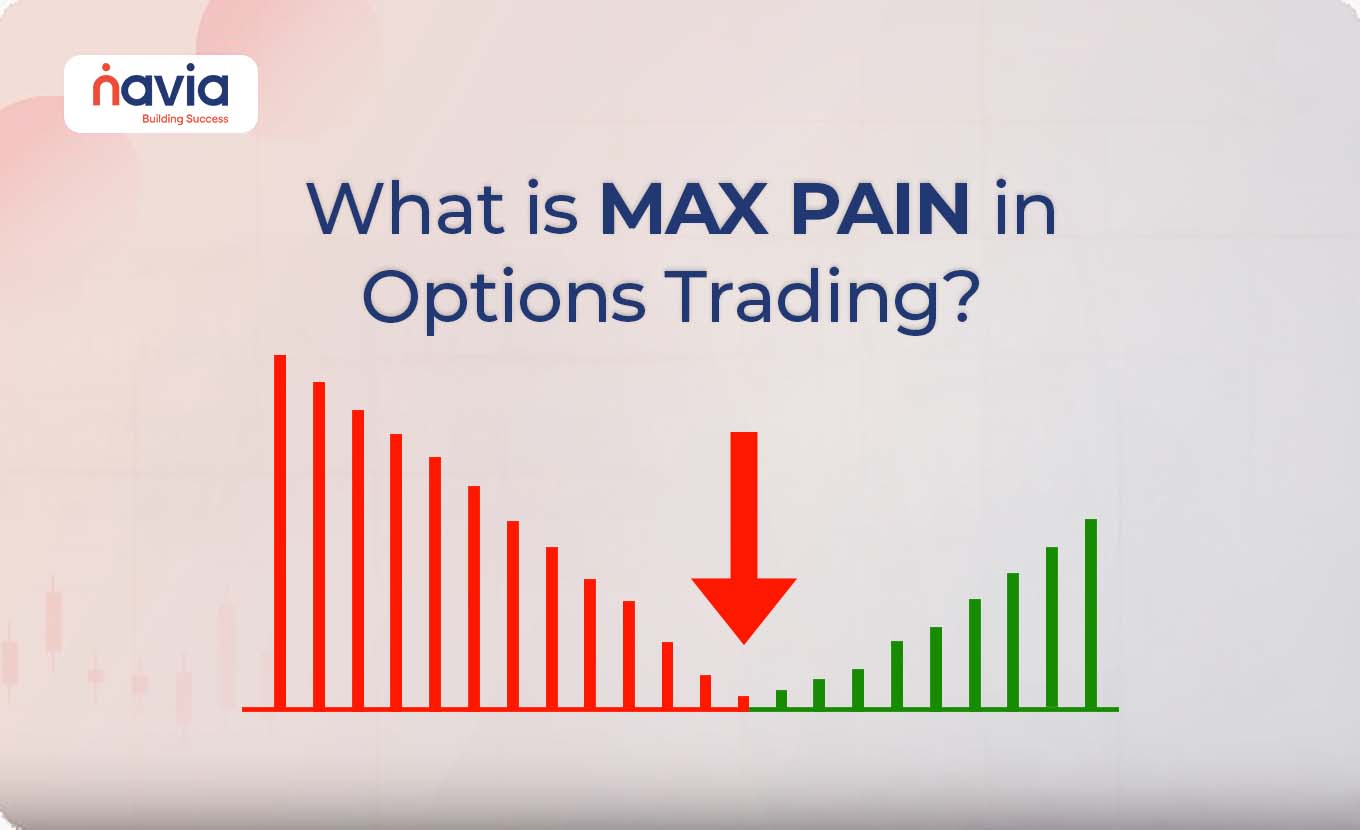Options Strategies for Negative to Sideways Markets

Investing in options during negative or sideways markets requires a strategic approach to capitalize on limited price movements or declining trends while minimizing risk. Options offer flexibility, allowing traders to implement strategies that benefit from low volatility, slight price declines, or neutral market conditions.
Here’s a guide to effective option strategies for negative to sideways markets:
1. Covered Call Strategy
Objective: Generate income from a neutral or slightly bearish market.
How It Works:
● Hold the underlying stock.
● Sell a call option at a strike price higher than the current price.
Profit Potential:
● Limited to the premium received from selling the call.
Risk:
● Losses if the stock price falls, but these are offset partially by the premium earned.
Example: Stock price: ₹100 Sell a call option with a strike price of ₹105 for ₹2. If the stock remains below ₹105, you keep the premium as profit.
2. Protective Put
Objective: Hedge against potential declines in stock price.
How It Works:
● Hold the underlying stock.
● Buy a put option at a strike price below the current price.
Profit Potential:
● Unlimited on the downside, as the put offsets losses on the stock.
Risk:
● Cost of the put option premium.
Example: Stock price: ₹100 Buy a put option with a strike price of ₹95 for ₹3. If the stock falls to ₹90, the loss on the stock is offset by gains from the put.
3. Bear Put Spread
Objective: Profit from a moderate price decline in the underlying asset.
How It Works:
● Buy a put option at a higher strike price.
● Sell a put option at a lower strike price.
Profit Potential:
● Limited to the difference between the strike prices minus the net premium paid.
Risk:
● Limited to the net premium paid.
Example: Stock price: ₹100 Buy a ₹105 put for ₹5 and sell a ₹95 put for ₹2. Net cost: ₹3 If the stock drops to ₹95, the profit is ₹7 (difference between strike prices minus premium).
4. Short Strangle
Objective: Generate income in a low-volatility, sideways market.
How It Works:
● Sell a call option above the current price.
● Sell a put option below the current price.
Profit Potential:
● Limited to the premium received from selling the options.
Risk:
● Unlimited if the price moves significantly in either direction.
Example: Stock price: ₹100
Sell a ₹110 call for ₹3 and a ₹90 put for ₹3. If the stock stays between ₹90 and ₹110, you keep the ₹6 premium as profit.
5. Iron Condor
Objective: Profit from low volatility with limited risk.
How It Works:
● Combine a bull put spread and a bear call spread.
● Sell an out-of-the-money put and call.
● Buy a further out-of-the-money put and call for protection.
Profit Potential:
● Limited to the net premium received.
Risk:
● Limited to the difference between strike prices minus the premium.
Example: Stock price: ₹100 Sell a ₹110 call for ₹2 and buy a ₹115 call for ₹1. Sell a ₹90 put for ₹2 and buy an ₹85 put for ₹1. Net premium: ₹2 If the stock stays between ₹90 and ₹110, you keep the premium as profit.
6. Calendar Spread
Objective: Take advantage of time decay in sideways markets.
How It Works:
● Sell a near-term option.
● Buy a longer-term option at the same strike price.
Profit Potential:
● Gains from time decay of the short-term option.
Risk:
● Limited to the net premium paid.
Example: Stock price: ₹100 Sell a one-month ₹105 call for ₹3 and buy a three-month ₹105 call for ₹6.
Net cost: ₹3 If the stock remains around ₹105, the short-term call expires worthless, and the longer-term call retains value.

Key Considerations for Negative to Sideways Markets
1. Understand Volatility:
● Options are sensitive to changes in volatility. Strategies like Iron Condor and Short Strangle work best in low-volatility markets.
2. Manage Risk:
● Use strategies like Protective Puts or Bear Put Spreads to limit downside risk.
3. Monitor Time Decay:
● Time decay benefits option sellers (e.g., Covered Calls, Short Strangles) in sideways markets.
4. Combine Strategies:
● Mix multiple strategies based on your market view, risk tolerance, and portfolio composition.
Conclusion
Options provide traders with a versatile toolkit for navigating negative or sideways markets. By implementing strategies like Covered Calls, Iron Condors, or Bear Put Spreads, you can generate income or hedge against declines while managing risk effectively. Always consider market conditions, volatility, and personal risk tolerance before choosing a strategy. Happy trading!
Do You Find This Interesting?
DISCLAIMER: Investments in the securities market are subject to market risks, read all the related documents carefully before investing. The securities quoted are exemplary and are not recommendatory. Brokerage will not exceed the SEBI prescribed limit.






